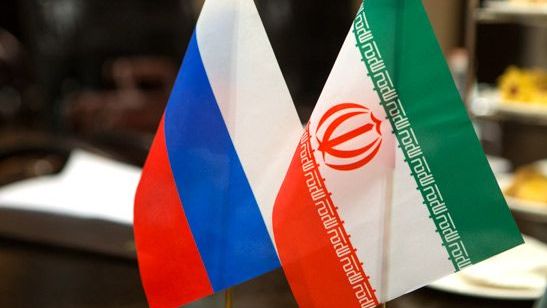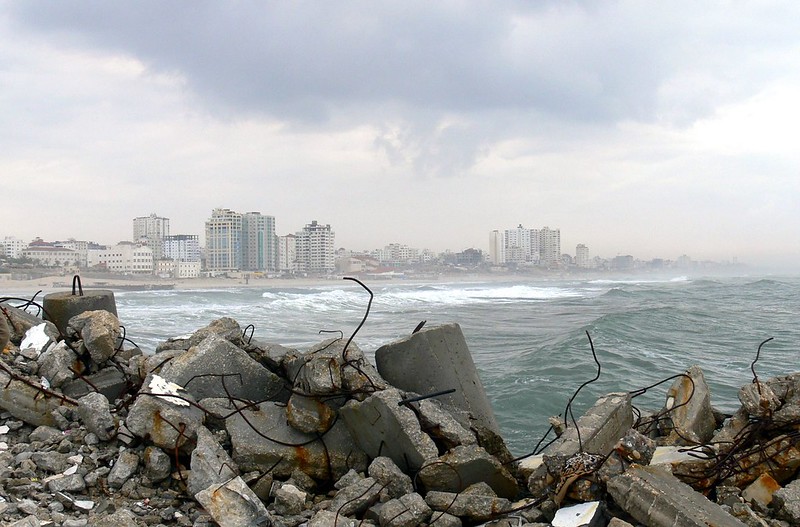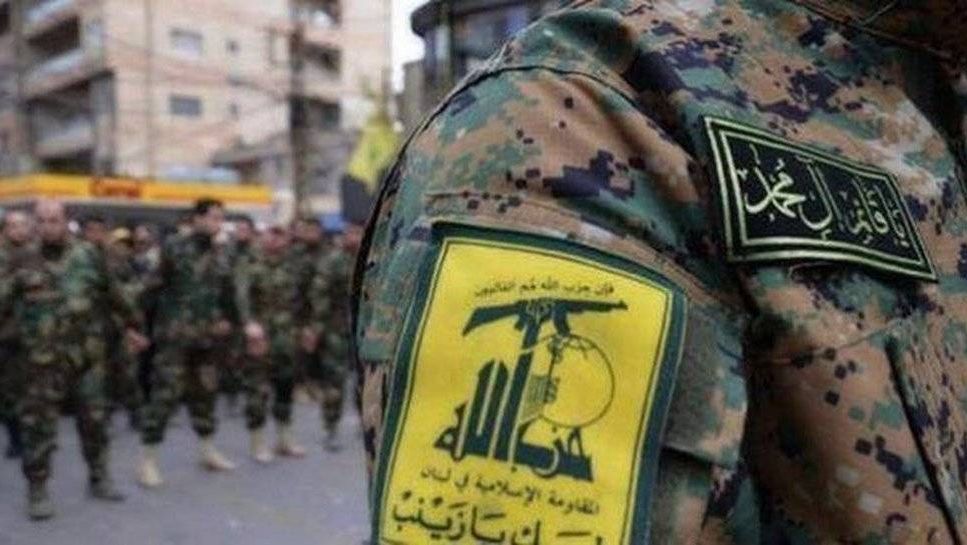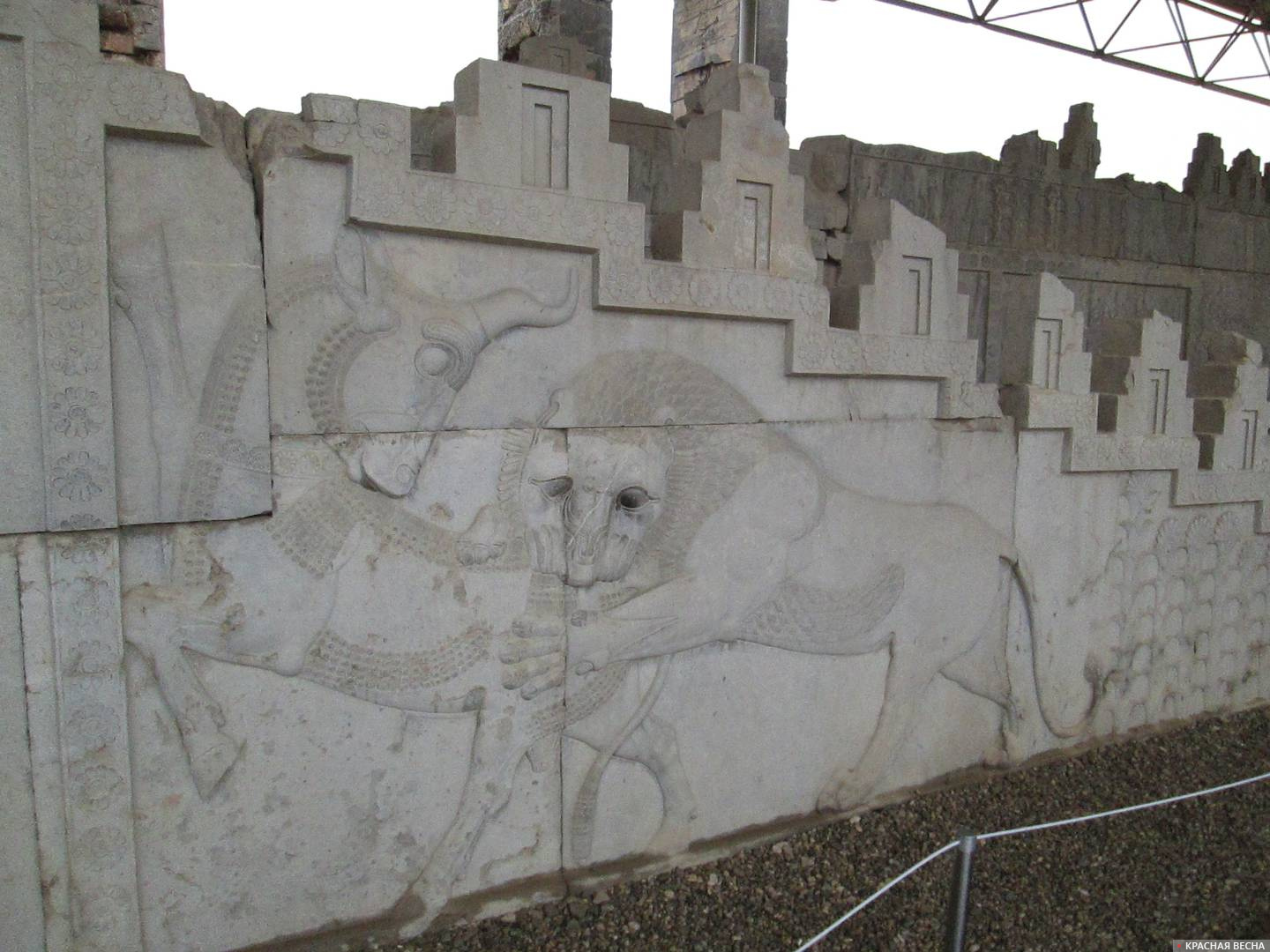06.07.2024, Tehran.
Iran and Russia finalized the merger of national payment systems Shetab and Mir. Mohammad Reza Farzin, chairman of the Central Bank (CB) of Iran, said this on July 6, IRNA informed.
“During the meeting, the two sides finalized the requirements for connecting Russia’s Mir payment system to Iran’s Shetab and the project has entered the operational phase,” Farzin said on his return from St. Petersburg, where he held talks with Central Bank Governor Elvira Nabiullina.
It is noted that the first stage of practical interaction between the Russian and Iranian payment systems will start on August 22. From that moment, “bank cards of the Iranian Shetab system can be used as Amber smart cards in all Russian ATMs and Iranian citizens will be able to withdraw rubles from Russian ATMs using their cards”.
Farzi specified that in the process of realization of the second stage, it will be possible to pay with Russian cards in the Islamic Republic, and in the third stage, Iranian citizens will be able to pay for goods in Russian stores with Shetab cards using an ordinary bank terminal.
The Iranian Central Bank chairman also explained that Moscow and Tehran signed an agreement on the liquidity of national currencies to facilitate bilateral trade.
“Following a bilateral meeting with the head of the Central Bank of Russia, an agreement was signed on the liquidity of national currencies to [facilitate] trade exchanges,” he said, adding that the agreement is “very important for Iranian businessmen and Russian investors.”
Thanks to this agreement, trade between the states will only be possible in national currencies. This will allow the level of trade turnover to increase several times.
As the official noted, “the necessary instructions will be given to companies and banks soon after the launch of the infrastructure for the use of offshore rial at the Center for Currency and Gold Exchange [one of the institutions of the Central Bank of Iran – Rossa Primavera News Agency].”
The offshore rial is a special currency of the Iranian Central Bank, designed for trade transactions with other countries. Using offshore rial allows Iran to strengthen the national currency by reducing the use of euro and dollar in payments with other countries.
The Russian card Mir is accepted in 12 countries, but in eight of them, this card operates with restrictions. In addition to the Russian Federation, the card is accepted without restrictions in Abkhazia, Belarus, Cuba and South Ossetia.
Egypt, Mauritius and Myanmar are planning to introduce Mir. Six more countries are ready to dialog on implementation.
Source: Rossa Primavera News Agency




